
Chewing through the second instalment of George A. Romero’s seminal ‘trilogy of the dead’
Crude, wooden, repetitive, stupefyingly obvious, banal & incoherent were just some of the words used to describe horror maestro George A. Romero’s Dawn of the Dead back in 1978. Predictably, the film’s excessive gore was a particular point of contention, many unwilling or simply unable to look past the rotten veneer of a concept that spoke to the human condition on a much deeper level. Others criticised the heavy-handed nature of the film’s sociopolitical critiques. Newsweek’s David Ansen even took a pot-shot at Romero himself, labelling the filmmaker an ‘all-too-predictable liberal moralist’ who revealed himself by singling out ‘the woman and the black as the true heroes’. Based on the bitter, racial and chauvinistic nature of this response, Romero was obviously doing something right.
Almost half a century on and the second instalment of Romero’s seminal zombie trilogy is widely regarded as one of the finest horror movies ever committed to celluloid. The characterisation can be crude, the action occasionally meandering, but in a world inhabited by the mindless, gouging undead, it is perhaps fitting. Much like 1968’s indie phenomenon Night of the Living Dead, the movie’s true monsters are distrust, self-preservation and civil unrest, human qualities that inevitably take hold as the undead apocalypse dawns and our sentient survivors scrap for the scant and ultimately futile spoils of an infested shopping mall. The film’s human characters even make games out of re-killing the seemingly hopeless undead, taking pleasure in the act in a way that recalls the unfortunate actions of soldiers dehumanised by the horrors of the Vietnam War, the influence of which looms large. The film’s zombies, running purely on the instincts of days past, are simply there to pick up the scraps. They’re slow, brain dead, ill-equipped to take on their smarter, more dexterous prey. They’re also single-minded of purpose, relentless, inevitable, much like the director himself.
It’s no secret that Romero had it tough. Rejected by the major studios and continuously dismissed by critics, he remained an undying force on the independent horror scene, the very same that he established as a viable mainstream venture at the turn of the 1970s, implacable in his quest to maintain a unique and influential vision that didn’t sit well with producers, the kind who inevitably interfered when he finally did gain acceptance. Night of the Living Dead, hammered just as scornfully for its low production values and lack of sheen, was rejected by multiple distributors due to its clever, abrupt and incredibly hard-hitting twist, which didn’t appease those who were looking for a more mainstream, less politically sensitive conclusion. If Romero hadn’t stuck to his guns, the likes of Tobe Hooper, John Carpenter and Sam Raimi may not have existed. That’s a world without The Texas Chainsaw Massacre, Halloween and The Evil Dead. Lucky for us that some filmmakers come equipped with balls of steel.

Speaking of his own influences and the special effects that inspired his most seminal works, Romero would say, “I was always attracted to the horror genre, and when I was old enough to go to movies by myself, they were re-releasing the famous Universal monsters — the original Frankenstein, the original Dracula. As a kid I got to see those films big screen, and they’re beautiful, you know, they’re just gorgeous. And then came the early 50s sci-fi thing — the big bugs and The Day the Earth Stood Still and the original version of The Thing. So those were just films that influenced me when I was at that early sort of formative stage. But in addition to that, The Tales of Hoffman, a film by The Archers, Powell and Pressburger. That’s the movie that made me want to make movies I think, because the effects were obvious. You could see how he did it, you know. You’d say, I might be able to do something like that.”
Attention all shoppers. If you have a sweet tooth, we have a special treat for you. If your purchases in the next half hour amount to five dollars or more, we’ll give you a bag of hard candy free! For the kiddies, or to enjoy yourself. So hurry and do your shopping!
public address system
The reaction of critics, particularly to ‘Dawn’, was somewhat understandable. Herschel Gordon Lewis, who had already tested the gore-laden waters with 1963’s lurid campfest Blood Feast, got there first, but Romero, though just as brazen in his efforts to offend the consensus, added familiar settings, relatable characters and sociopolitical weight, his postmodern approach inevitably reaching the mainstream. Despite the naysayers and claims that horror had gone too far, the genre matured during the 60s and 70s against a backdrop of civil rights struggles, political corruption and the horrors of Vietnam, which, thanks to the growing ubiquity of television, were beamed into suburban strongholds across America as a generation were sent to die in an unjustifiable, unwinnable war. Inevitably, the medium evolved to reflect those times, ditching the fantastical, golden age monsters of previous generations for recognisable threats that were more identifiable and closer to home.
Unsurprisingly, the man responsible for some of the most realistic practical effects of the era honed his craft as a photographer while serving in Vietnam, Dawn of the Dead’s icky lacerations, mutilations and decapitations redolent of two decades of needless death and destruction, violence that no doubt made Romero’s insensitive comic book assault seem tame by comparison. Those critics who took umbrage with Tom Savini’s groundbreaking visuals, many of whom had never served a day in their lives, were unattuned to the rebellious sentiments of a generation who felt cheated by their government. The days of unconditional, flag-waving support for immoral acts based on notions of patriotism were waning. People were wising-up to the inherent inequalities of jingoistic sentiments. Kids were dying for the ideological goals of a select few. Movies like Dawn on the Dead brought those sentiments screaming into theatres.

Though a tad inauthentic by today’s standards, the gallery of death and destruction served up by Savini in Dawn of the Dead, only his second credited movie as makeup and special effects hand, was like nothing seen before. Romero’s zombies-in-confined-spaces concept proved the perfect platform for his innovative brand of splatter and childlike enthusiasm for all things grisly. The fact that the majority of the film’s victims were, for all intents and purposes, already dead, lightened the burden somewhat, the sight of machetes buried deep in zombie skulls and an unfortunate incident with a helicopter propellor tinged with a playfulness and perverse sense of comedy that somehow manages to raise a smile, though not everybody found it amusing. Fundamentally speaking, this is a deeply nihilistic film, particularly for those who aren’t savvy to its underlying wit and sense of acid satire. For those looking to bury the actions of America’s leaders, it was easy to write Romero’s sequel off as insensitive, exploitative, even grossly immoral.
Other deaths featured in Dawn of the Dead, namely those of the human variety, were much harder to swallow. Since ‘Dawn’, horror has waded through so much blood and viscera that even the most prudish of moviegoers have developed at least some level of desensitisation, others becoming so numbed-out that they are drawn to explicit violence the way Romero’s walking dead are drawn to living flesh. A gang of rabid zombies ravenously feasting on the entrails of a still breathing human would barely register in an era when breathtakingly violent movies regularly qualify for a 15 certificate, but to say such images were massively controversial in 1978 is a gross understatement. Perhaps even more contentious, and sadly also redolent of the Vietnam War, was the sight of two rabid zombie children insouciantly gunned down in cold blood. Undead or not, that particular moment still leaves me cold almost five decades on.
In terms of realistic practical effects, ‘Dawn’ was way ahead of its time, and though somewhat quaint to the modern viewer, some of those rubbery, chewed limbs still hold up in their ability to make your skin crawl, as do the manner of those deaths, which were as important to Romero and Savini as anything else that the movie has to offer, the two sitting around for hours thinking of creative ways to kill people. They are also perfectly suited to the movie’s comic tone and flip approach to violence. Romero’s minuscule budget had an unquestionable bearing on the overall look and feel of the movie. A multitude of blue-faced extras is the most obvious example. Savini was purportedly unhappy with the outcome of some of his work — the faces were originally supposed to be grey to complement Night of the Living Dead — but Romero seemed at ease with these amateurish oversights, and to some extent even encouraged them.

Despite his success with Dawn, Romero was still getting to grips with the demands of large scale film productions, and without the perks of a major studio to rely on, he inevitably turned to friends, and, ultimately, random people off the street. The production itself, shot over four months in Pittsburgh and Monroeville, Pennsylvania, was something of a ramshackle experience which only seems to add to the aura of chaos and disorder of a society facing total dissolution. Romero purportedly used the same stunt dummy throughout filming, while Savini himself would deputise as stuntman, a fact that reduced him to operating from a golf cart for days on end after taking a particularity nasty fall. When a friend stood in for Savini, he managed to crash face-first into a ceiling after a badly planned, banner swinging set-piece gone awry, one of several exclamation points slapped onto the film’s notoriously haphazard shoot. The film was even re-cut for the European market in post-production by Dario Argento, a progressive rock score by long-time collaborators Goblin replacing the De Wolfe Music Library stock cues used in Romero’s cut.
As the cast and production grew, affairs began to get really out of hand. Extras were each paid twenty dollars for starring in the movie, the gang of pillaging bikers who run roughshod over the living dead, eventually bringing the human resistance, and by extension humanity’s dwindling hopes to an abrupt and futile end, actually members of outlaw biker organisation the Pagan’s Motorcycle Club. All budget-squeezing decisions, the kind that were required since members of the zombie cast would go off drinking in a local bar, causing almost $7,000 in damages after stealing a golf cart and crashing into a marble pillar. Those were certainly different times.
Questioned on the difficulties of such a ramshackle, off the cuff production, the ever playful and unaffected Savini was typically dismissive. “…it was not really a breeze, but to me it was two months of Halloween every night. I mean, going to the shopping mall, making up zombies, playing a part, and that’s another movie where I did all the stunts. To me, it was like a party!”
How the hell come we stick these low-life bastards in these big-ass hotels, anyway? Shit, man! This is better than I got!
Wooley
As essential to the movie’s power as the production chaos proved, the kind that simply would not exist in the 21st century for multiple reasons, not least the potential legal ramifications in a society where all facets are presupposed and micromanaged by the corporate powers that be, it is the much more calculated satirical elements that have allowed Dawn of the Dead to stand the test of time. Though Night of the Living Dead‘s casting of a black male lead at a time of continued racial oppression in America remains Romero’s most powerful commentary, familiar themes of race, class and consumer culture are taken even further in Dawn of the Dead, delivered with a transparency that, comedy notwithstanding, could only be achieved through the horror genre, a fantastical realm that thrives on hyperbolic sentiments, using the supernatural as a tool to critique actions and sentiments that are in fact highly sensitive and very real.

In the past Romero has distanced himself from certain political aspects of his movies, but, conscious or otherwise, the evidence is there for all to see. Another, perhaps less discussed social critique can be found in the pregnant Francine’s narrative, a character who often contemplates suicide as the tireless mass of zombies, still in their ominous slow-moving form, linger and stumble upon our survivors with a dumb inevitability that proves more unsettling and insidious than many of the most crazed and direct human killers. Francine’s predicament came in the wake of a high-profile lawsuit which resulted in the passing of abortion rights for women, which is still a contentious subject in the 21st century. It is perhaps worth noting that an alternate edit actually had Francine pursue her suicidal contemplations by walking into a helicopter’s blade. The head cast made for that scene was instead used to pull off the movie’s infamously brutal exploding-head shot, one that became something of an innovator in the graphic stakes in American horror cinema.
Feminist reflections aside, class and race are the main commentaries featured in Dawn of the Dead. Traditionally, movies such as Victor Halperin’s 1932, pre-Code horror film White Zombie and 1941’s I Walked With a Zombie installed ‘dark’ monsters and white protagonists, revealing the hypocritical fears of a pure white society under attack from foreign invaders. By installing black actor Duane Jones as the film’s protagonist, with Night of the Living Dead Romero turned those traditions on their head, particularly when, following his selfless heroics, Ben is callously picked off by a marksman who mistakes him for one of the walking dead, drawing parallels with not only the Vietnam War, but with the era’s inhumane racial sentiments. To put into context just how bold, daring and ahead of its time Night of the Living Dead was in 1968, theatres in many Southern States refused to show movies that featured interracial relations as late as the latter part of 1980s.
Night of the Living Dead‘s iconic twist ending, released at the end of the Civil Rights Movement, was prescient in highlighting the place of African Americans in an evolving capitalist society, something explored further in Dawn of the Dead released a decade later. The Civil Rights Movement may have established certain freedoms for the black citizens of America, but the abolition of obvious forms of segregation such as separate race bathrooms and public transport disputes were replaced by more systematic forms of inequality, namely a society that delivered an insurmountable lack of opportunity for minorites. Moving events from a rural setting to the hustle and bustle of modern suburbia and beginning with a police state siege on a low-income housing project, Romero’s movie reveals a society of class discrimination based on race, issues that would come to a head during the early 1990s with the Rodney King affair, a heinous instance of racially motivated police brutality that would lead to the biggest instance of civil unrest since the 1965 Watts riots. This followed a decade of crack epidemic degradation and a prison construction boom that tarred the image of black communities irrevocably.

With Dawn of the Dead, Romero critiques a capitalist society that has moved away from homegrown industrial production in favour of a global model of advertising bluster, the importation of foreign goods and rampant consumerism, which remains mankind’s most sophisticated form of mass control and social order. Due to more obvious and extreme forms of slavery, consumerism may be considered a relatively new phenomenon, but it has actually been a form of indoctrination, a system of control over the ‘zombie’ masses, since the early 1800s, a subject that was discussed in Parliament by British MP Rigby Watson on June 10, 1833 as slavery abolition was being prepared in Jamaica.
Some kind of instinct. Memory of what they used to do. This was an important place in their lives.
Stephen
There was a concerted effort, documented in parliament, to maintain that slavery beyond the moral obstacle of abolition. As Rigby would proclaim, “To make [the soon to be former slaves] labour, and give them a taste for luxuries and comforts, they must be gradually taught to desire those objects which could be attained by human labour. There was a regular progress from the possession of necessaries to the desire of luxuries; and what once were luxuries, gradually came, among all classes and conditions of men, to be necessaries. This was the sort of progress the negroes had to go through, and this was the sort of education to which they ought to be subject in their period of probation [after emancipation].”
Even today, those in power depend on variations of slavery to maintain the kind of financial disparity that favours the white, wealthy elite, or what political dissident Noam Chomsky refers to as ‘wage slavery’, consumer goods motivation for people to work longer hours in low-paying jobs that provide no sense of fulfilment beyond the thrill of superficial distractions. Simple lusts like tobacco are now the least of it. Today’s motivations come in the form of planned obsolescence, new model iPhones and laptops mass produced at an unnecessary rate that has made rabid, zombie-like consumerism second nature, woven into the fabric of culture and society. By now our desires are much more irrational, the processes that feed them far more sophisticated. MPs no longer sit in parliament discussing how best to control the population because that control has long been ingrained and no one is free from such superficial trappings. In many ways we are our own worst enemies.

During the brief time that our four protagonists establish a sense of tenuous security and order, keeping the zombies at bay prior to the soon-to-be-fateful human invasion, the film’s ironic location proves something of a novelty, though ultimately hollow and fruitless. For a while, they are free to take whatever they want, the dreams bestowed upon them by corporations and Madison Avenue executives suddenly attainable, but it quickly becomes apparent that it is the lust that keeps them motivated, the not having that drives them towards goals that are essentially apparition. That temporary sense of satisfaction quickly gives way to a shallow sense of unfulfillment, becoming a cruel reminder of their already hopeless predicament.
Today malls are everywhere, most notably at the touch of a screen, but back in 1978 they were a relatively new phenomenon, and the perfect setting for a cast of braindead wanderers who spend their time clawing at nothing in particular as if from some intangible, deep-rooted instinct to consume. At the time, such a concentrated consumer zone must have come as something of a shock; a delightful convenience to some and a worrying glimpse into a perverse future of mobile zombification for others. Typically, Romero’s Dawn of the Dead seems to take the latter stance, iconic scenes of unexpected zombie transformations and graphic impalements punctuated by moments of familiar, almost self-deprecating humour. As a public address system blurts out a recording that lists the various offers of the day, one zombie sits in a make-a-wish fountain staring inanely at a handful of pennies, while his flesh-hungry counterparts claw and gawk at department store windows, almost recalling the days when their mindlessness and rabid sensibilities were not only accepted, but encouraged.
Director: George A. Romero
Screenwriter: George A. Romero
Cinematography: Michael Gornick
Music: Goblin (Dario Argento cut)
Editing: George A. Romero











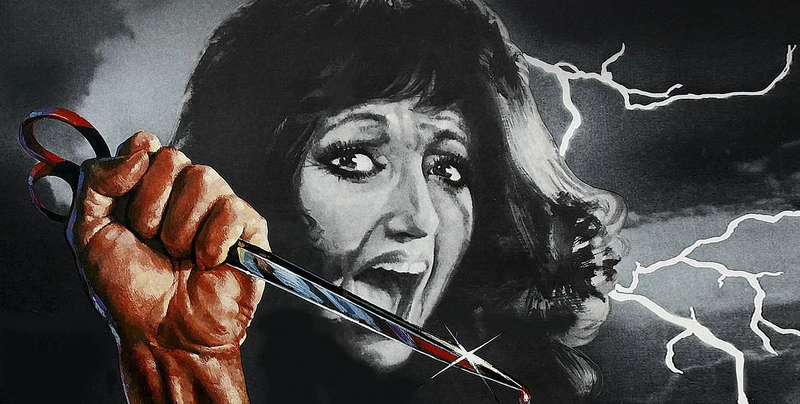





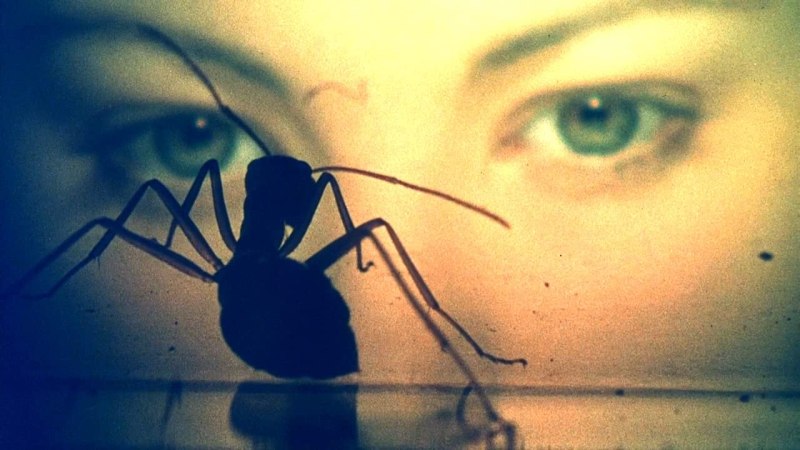





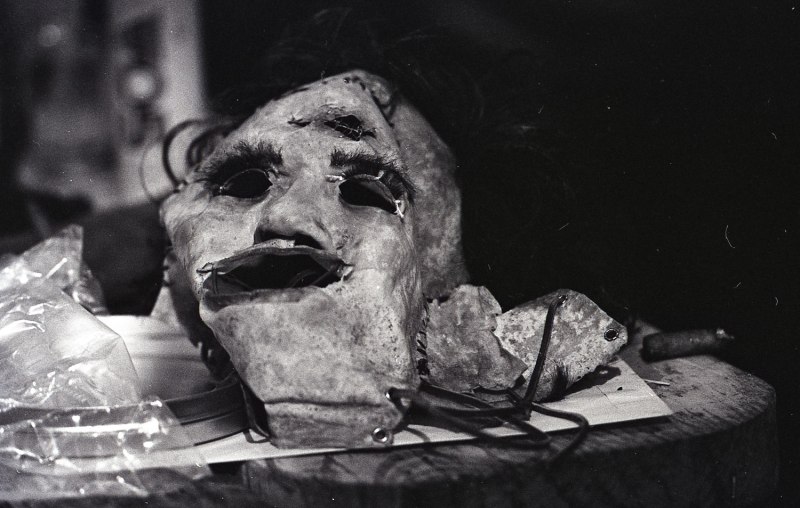


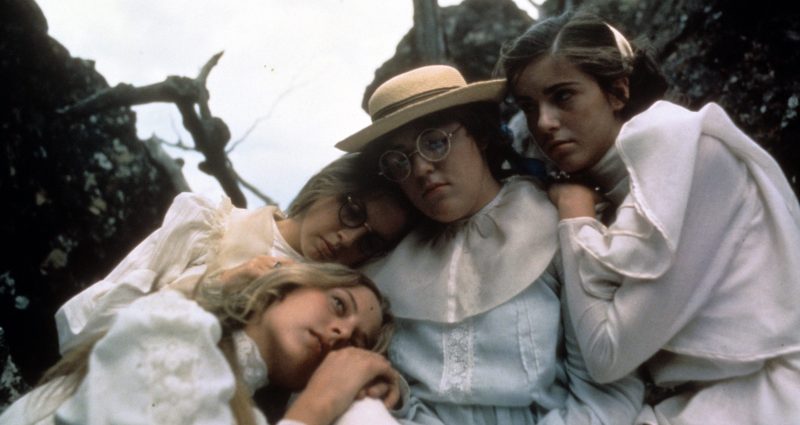




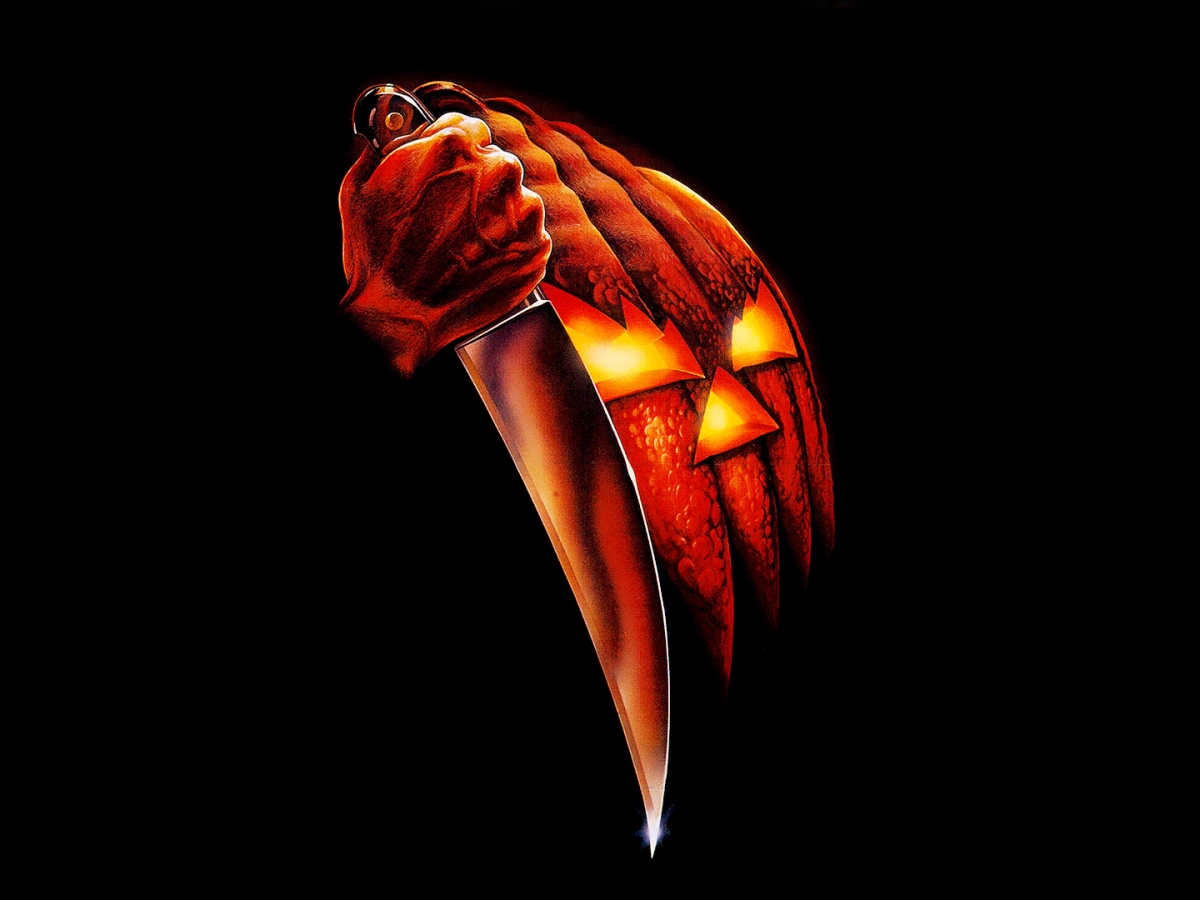










Romero’s Zombie films are classic, Dawn of the Dead is especially powerful for its take on capitalism via the prism of a word reeling from the undead. If anything I think as a social and political parable, or commentary, it strikes home even great now in our world of instant internet shopping power. Romero’s zombies seem drawn to the mall by memories of their former lives. No doubt a modern zombie movie cast in this same mould would have the zombies shambling around, their mobiles clutched in dead hands, as they gaze into the fading screen of meaningless clutter.
LikeLike
🤣 Brilliant! Nicely put 👍
LikeLiked by 1 person